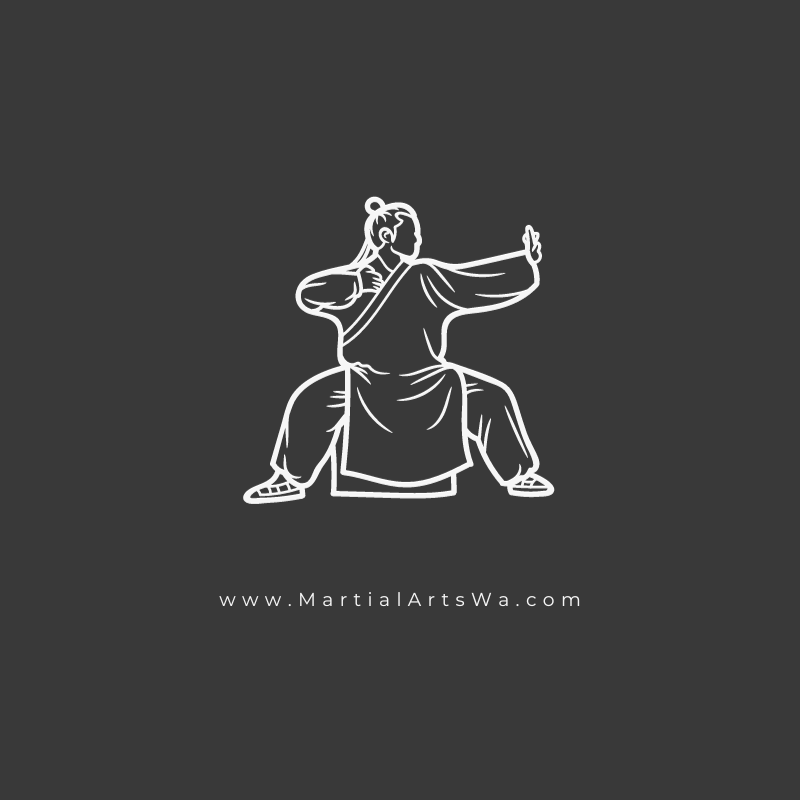
Which Karate Style is Closest to Kung Fu?
Posted: November 02, 2023
When we consider the intricate web of martial arts styles, it becomes evident that many karate styles share foundational principles and techniques with Kung Fu, reflecting a cross-pollination of martial traditions across Asia. To address the query "Which karate style is closest to kung fu?", we find ourselves examining Okinawan Karate styles, particularly Goju-Ryu, which encapsulates the fluidity and dynamic forms akin to Kung Fu.
Goju-Ryu, meaning "hard-soft style," emphasizes a balance between hard striking blows and softer, circular techniques for blocking and controlling the opponent, mirroring the Ying and Yang concept central to Kung Fu philosophy. This style incorporates both external force and internal energy, aligning closely with the tenets of Kung Fu that seek harmony between these dual forces.
Practitioners of Goju-Ryu engage in kata, pre-arranged forms that are meditative yet physically demanding, similar to the forms practiced in Kung Fu. These kata are not just a series of movements; they tell a story of combat, philosophy, and the martial artist's journey, much like the forms in Kung Fu that often mimic the movements of animals and embody the principles of ancient Chinese martial arts.
The rooted stances and powerful, close-range techniques are reminiscent of Southern Kung Fu styles, which focus on stability and generating power from the earth up, through the body, and out through the hands. Similarly, the breathing techniques and the emphasis on internal development in Goju-Ryu are reflective of the internal focus found in some Kung Fu systems, making this karate style a close cousin to its Chinese counterparts.
In summary, while each karate style has its unique characteristics and each Kung Fu style its distinct lineage, Goju-Ryu karate stands as the bridge between these two worlds, offering a martial tapestry that weaves together the hard and the soft, the internal and the external, the philosophical and the physical – a blend that is both a nod to the past and a stance of respect in the diverse world of martial arts.
